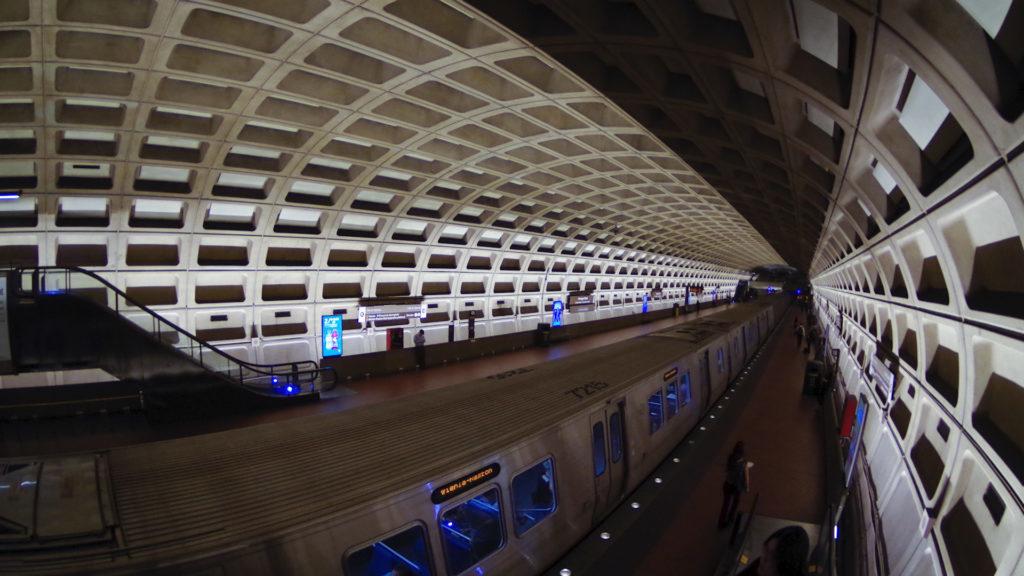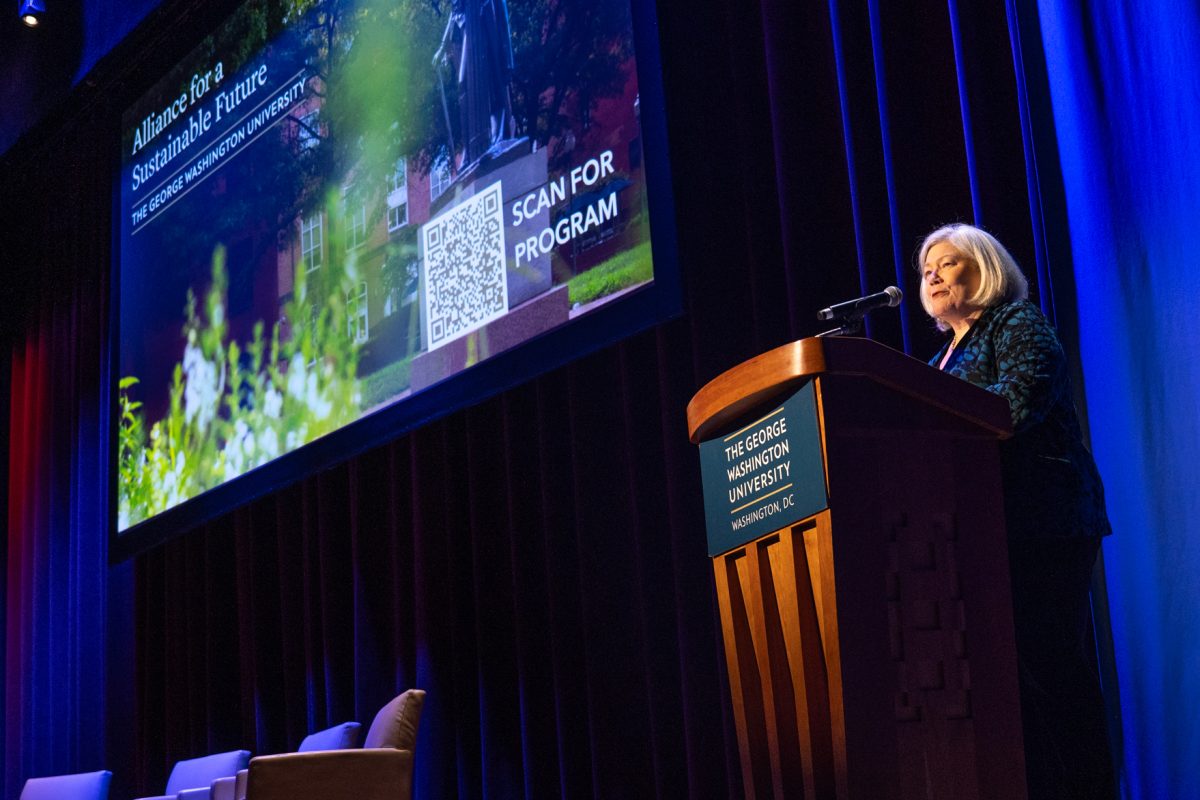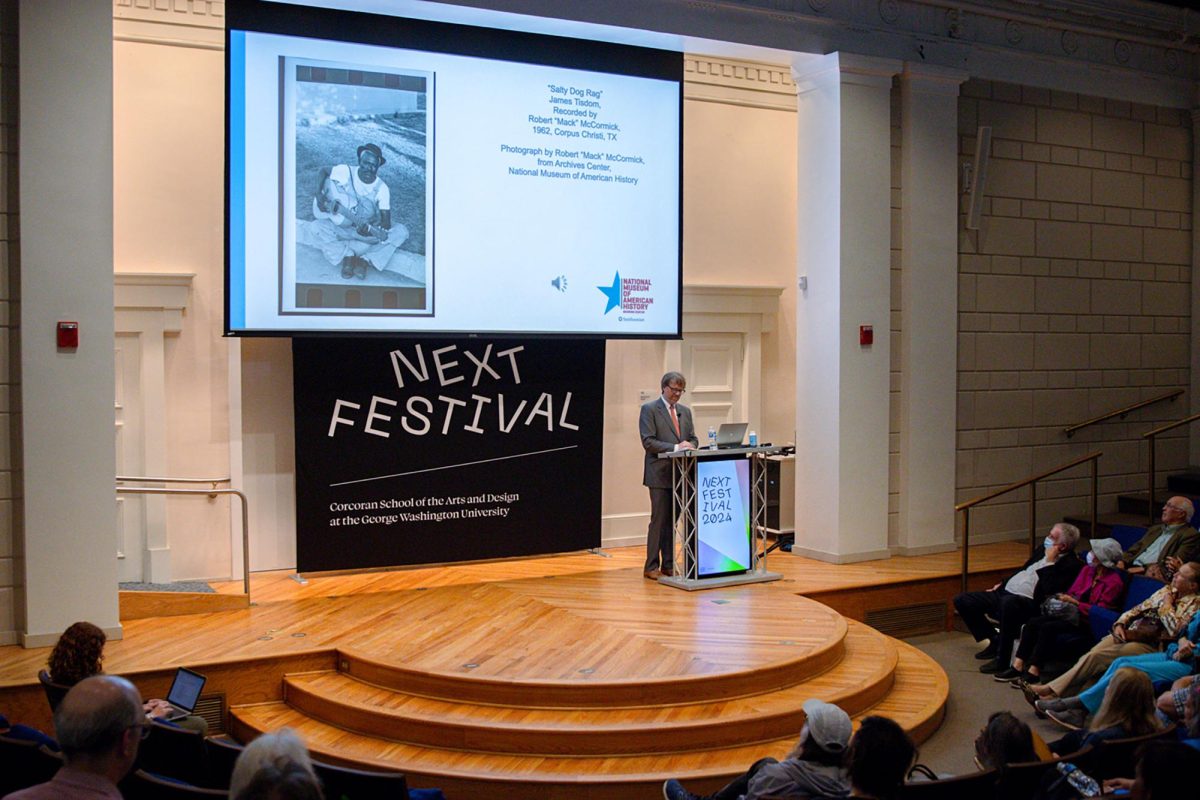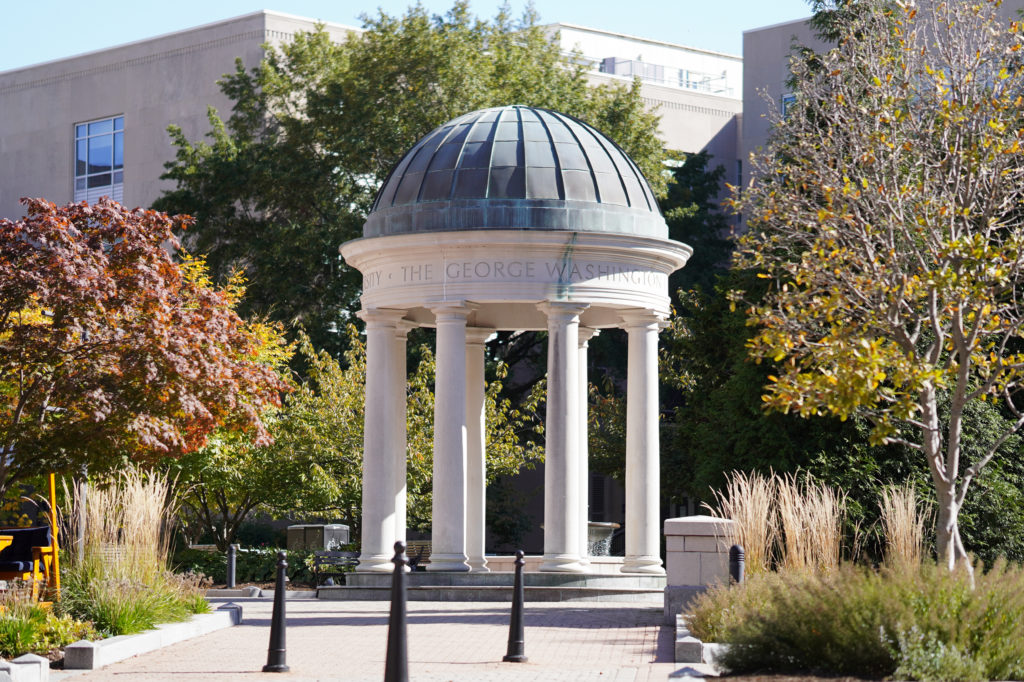The Washington Metropolitan Area Transit Authority announced scheduled maintenance, increasing wait times on all lines this weekend.
Metro officials announced all three lines available at the Foggy Bottom station, the Silver, Orange and Blue lines, will run every 24 minutes from Dec. 3 to Dec. 4, up from the normal service times of trains every 15 minutes. The scheduled updates on all three lines are a part of The Aerial Structures Rehabilitation Project, which seeks to reinforce the “structural integrity” of Metro’s bridges and aerial structures by the winter of 2023.
“The Aerial Structures Rehabilitation Project will continue concrete repairs, weatherproof coating application and joint replacement on structures through 2023,” Metro’s website states.
WMATA officials will continue normal operating hours from 7 to 1 a.m. on Saturday and 7 a.m. to midnight on Sunday.
The release states that the Red line trains will run every 10 minutes between Shady Grove and Twinbrook, and Medical Center and Glenmont, with closures at the North Bethesda and Grosvenor-Strathmore stations.
The Yellow line will remain closed through May 2023, while the Blue and Green lines will run between Huntington and Reagan National Airport, and Branch Ave and Greenbelt with additional trains, respectively.
Green line trains will run every eight minutes between Branch and Georgia Ave., and every 16 minutes between Branch Ave and Greenbelt.
Officials greenlit WMATA to reintroduce all the 7000-series trains last month after Metro removed its 7000-series trains for safety inspections following a derailment on the Blue line last year.
“The Metrorail system includes nearly 20 miles of tracks atop large above-ground aerial structures,” Metro’s website states. “These structures allow trains to pass over traffic and various types of terrain. Now almost 45 years old, many structures are showing signs of routine aging due to exposure to the elements and supporting Metrorail trains.”









